New Renault Trafic 2023 Review
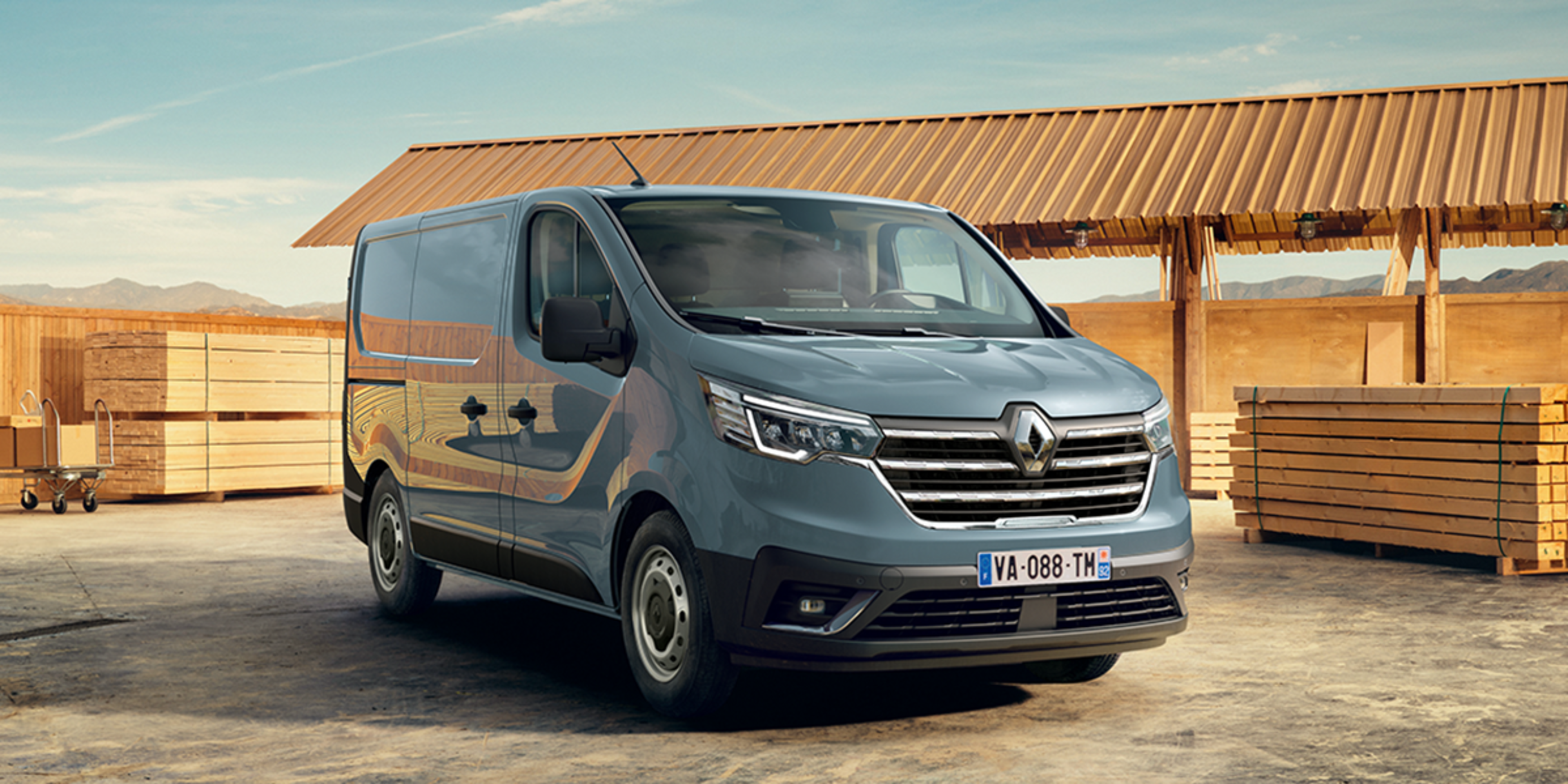
Tynan Motors - 13th October 2022
Renault Trafic 2023 review
The new Trafic which is now at Tynan Renault Sutherland has been thoughtfully redesigned to give you freedom and flexibility in how you run your business while remaining comfortable and practical. Plus, with new safety, driver assistance and connectivity features, New Trafic is built for the future.
What features does it come with?
There are a number of new additions including - forward AEB (auto emergency braking), lane departure warning, a new media screen with smartphone mirroring technology (Apple CarPlay and Android Auto), and a few other items like LED headlights and daytime running lights. And of course, customers score an upgrade to a larger diesel engine, too.
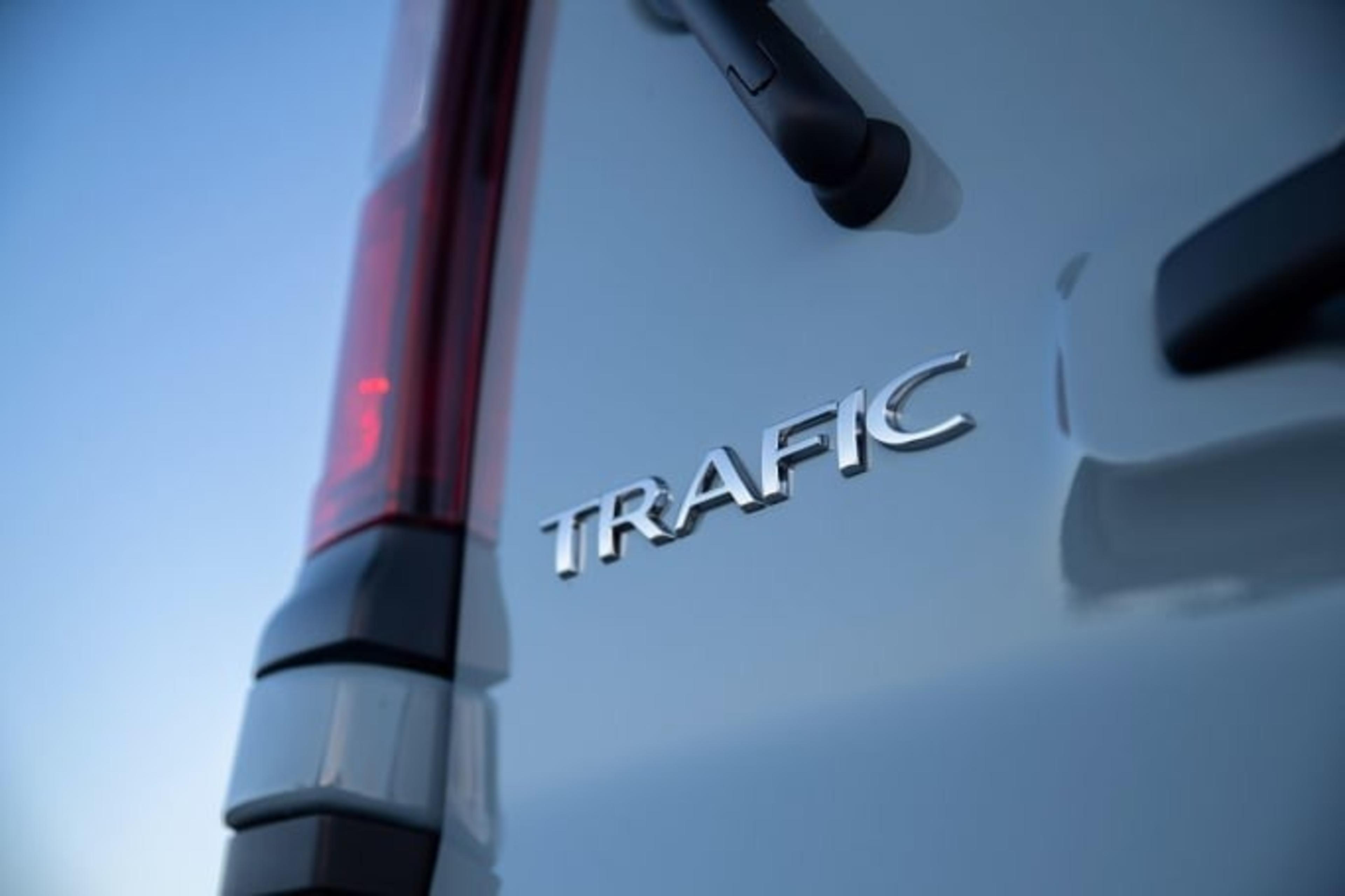
Is there anything interesting about its design?
To consider this a ‘new’ van might be stretching it, but this heavily facelifted version does have a distinct look that you should be able to pick it in traffic.
There are new-look LED headlights with C-shape LED daytime running lights, a revised grille (the Pro version has a bit less chrome than the Premium), new front bumper and new bonnet.
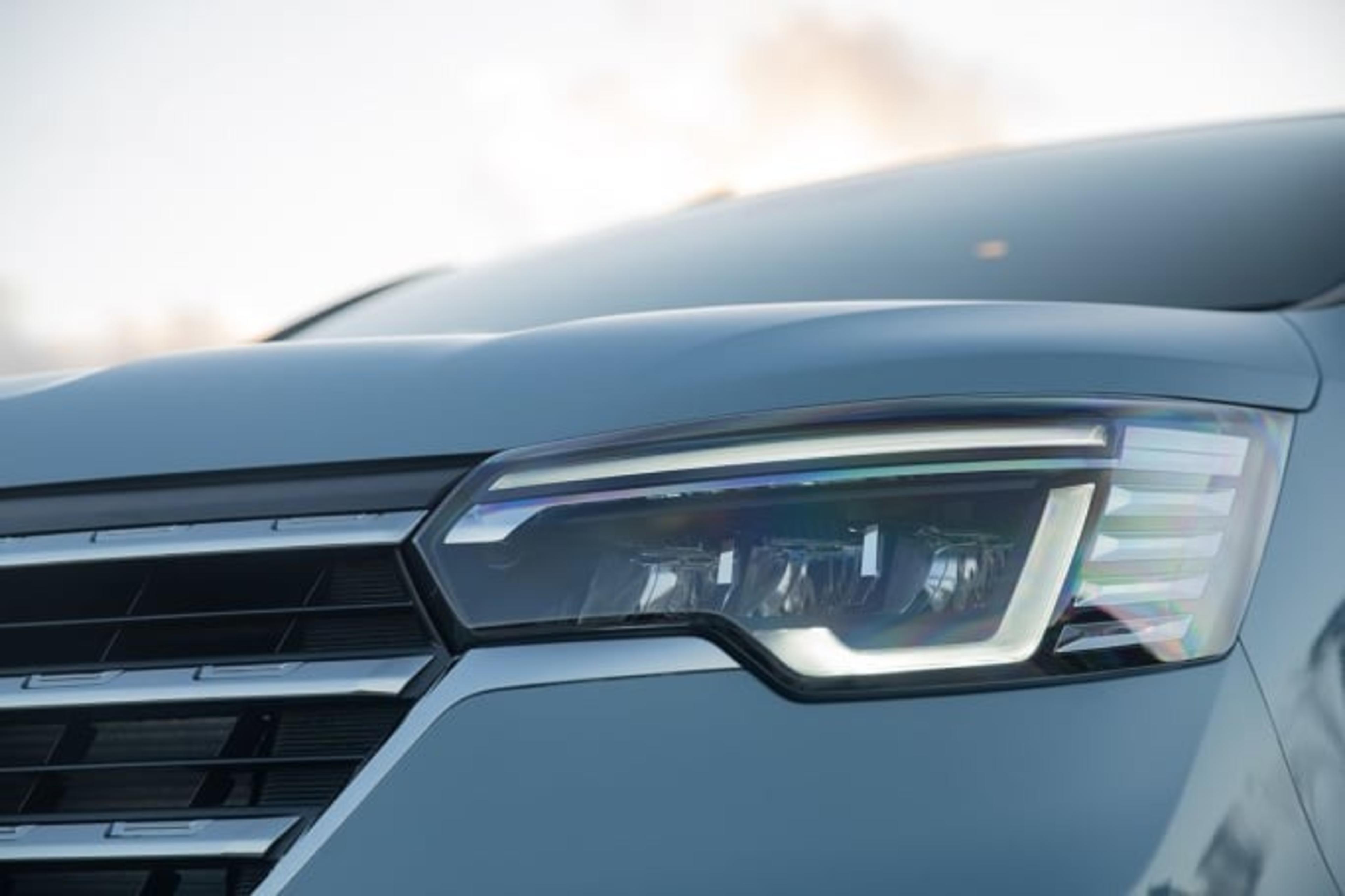
The Trafic has new-look LED headlights.
There are 16-inch steel wheels on most versions to keep it simple (17-inch alloy wheels are reserved for the Lifestyle crew van), and aside from that, nothing is different outside.
Perhaps the most crucial design changes come inside the cabin, where there is a new dashboard with upgraded materials used, a new steering wheel, new instrument cluster with 4.2-inch colour screen, new buttons and switches that mirror the passenger car range, and of course, that new 8.0-inch touchscreen media system. The subtle changes make it feel considerably more modern and less plasticky than before.

There are new buttons and switches that mirror the passenger car range.
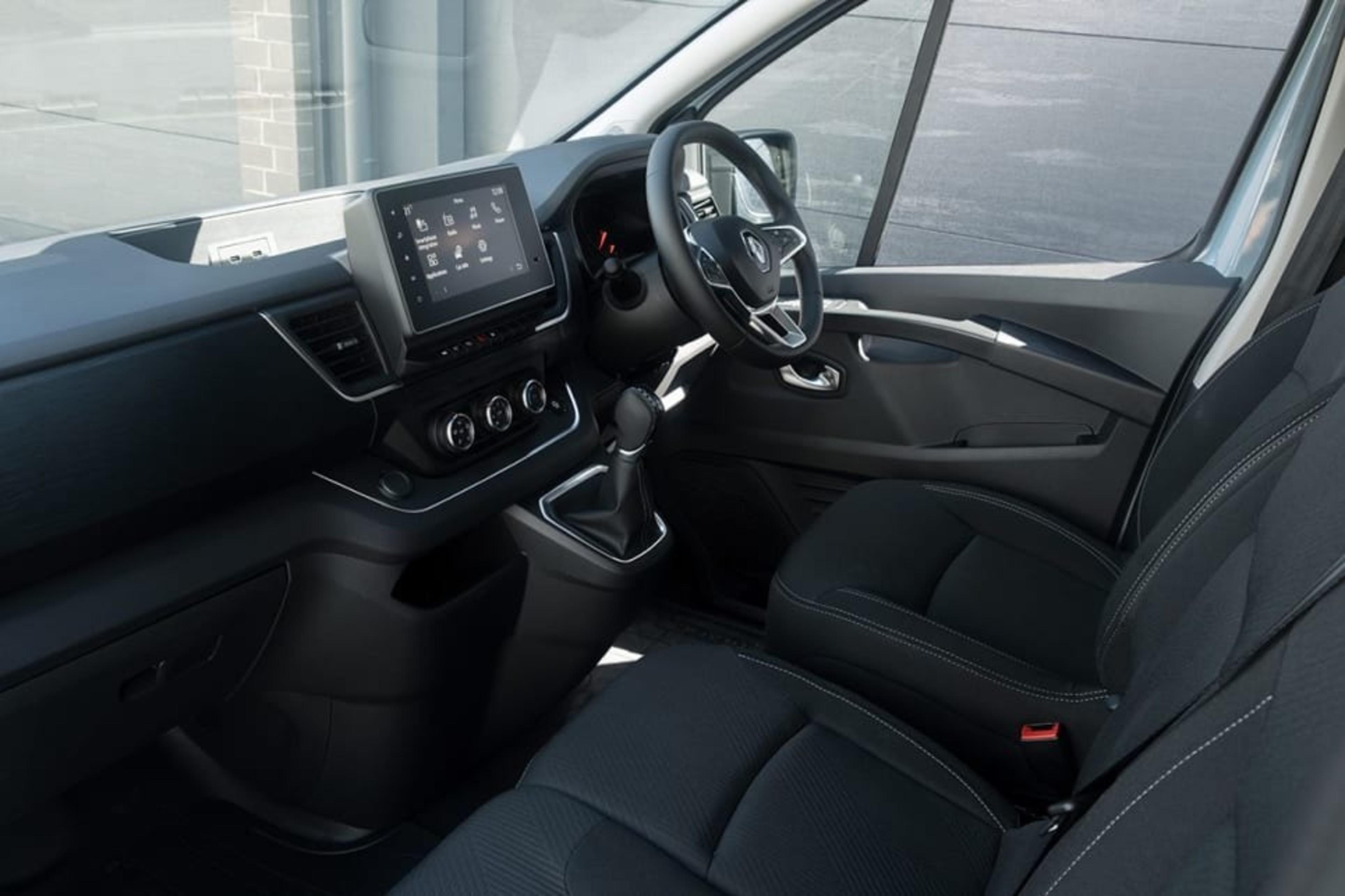
There is a new dashboard with upgraded materials used.
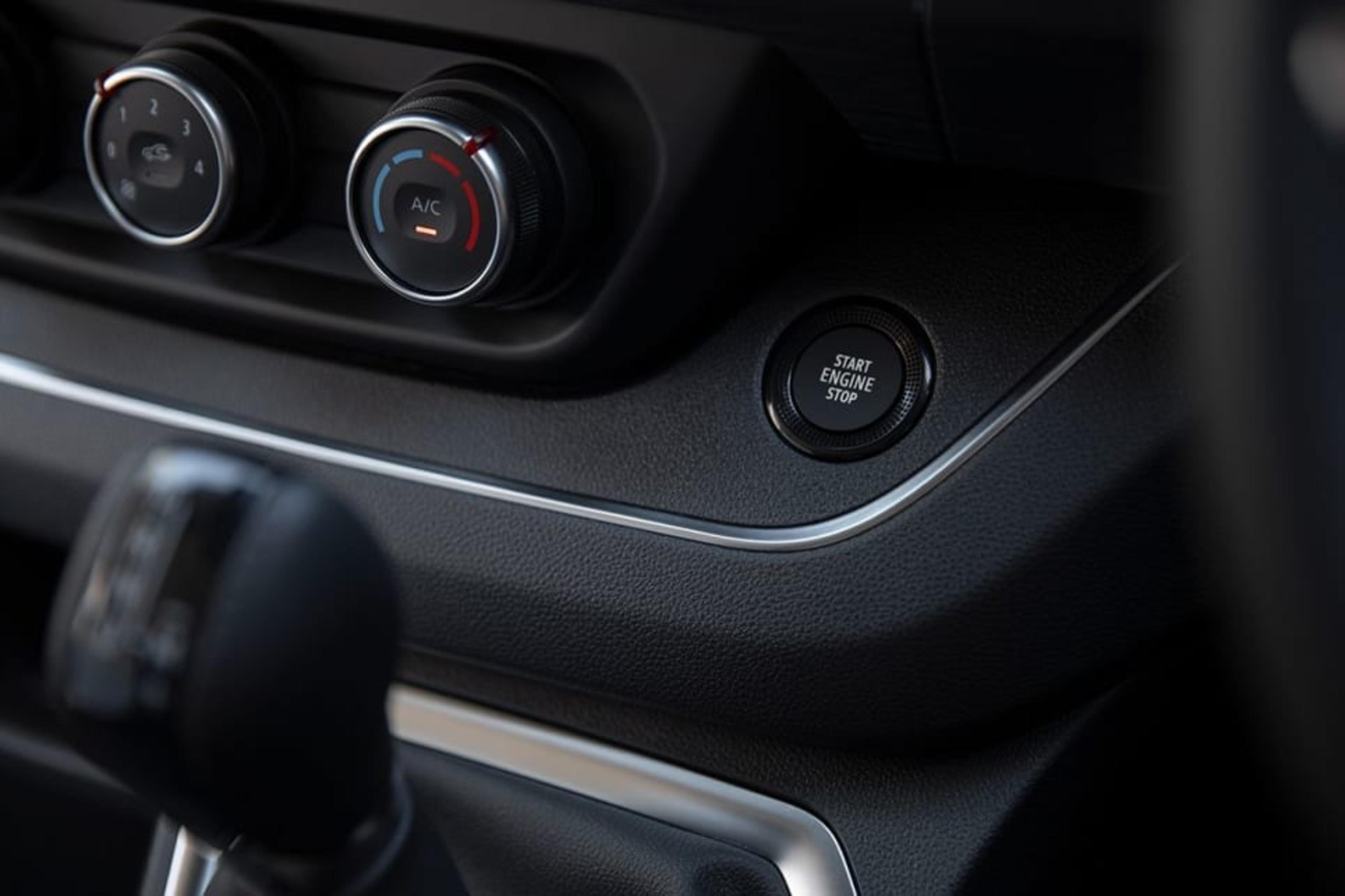
There are new buttons and switches that mirror the passenger car range.

There is a new dashboard with upgraded materials used.
Engine and transmission - What are the key stats for the engine and transmission?
This is not a new engine, but for a lot of the models in the range it is an upgrade from the existing 1.6-litre four-cylinder that was previously offered in two different tunes (85kW or 103kW). In fact, there was an even lower output 66kW version ages ago, too.
For some, then, the 2.0-litre with 125kW of power (at 3500rpm) and 380Nm of torque (at 1500rpm) is a big step up, and one that Renault Australia said customers wanted.
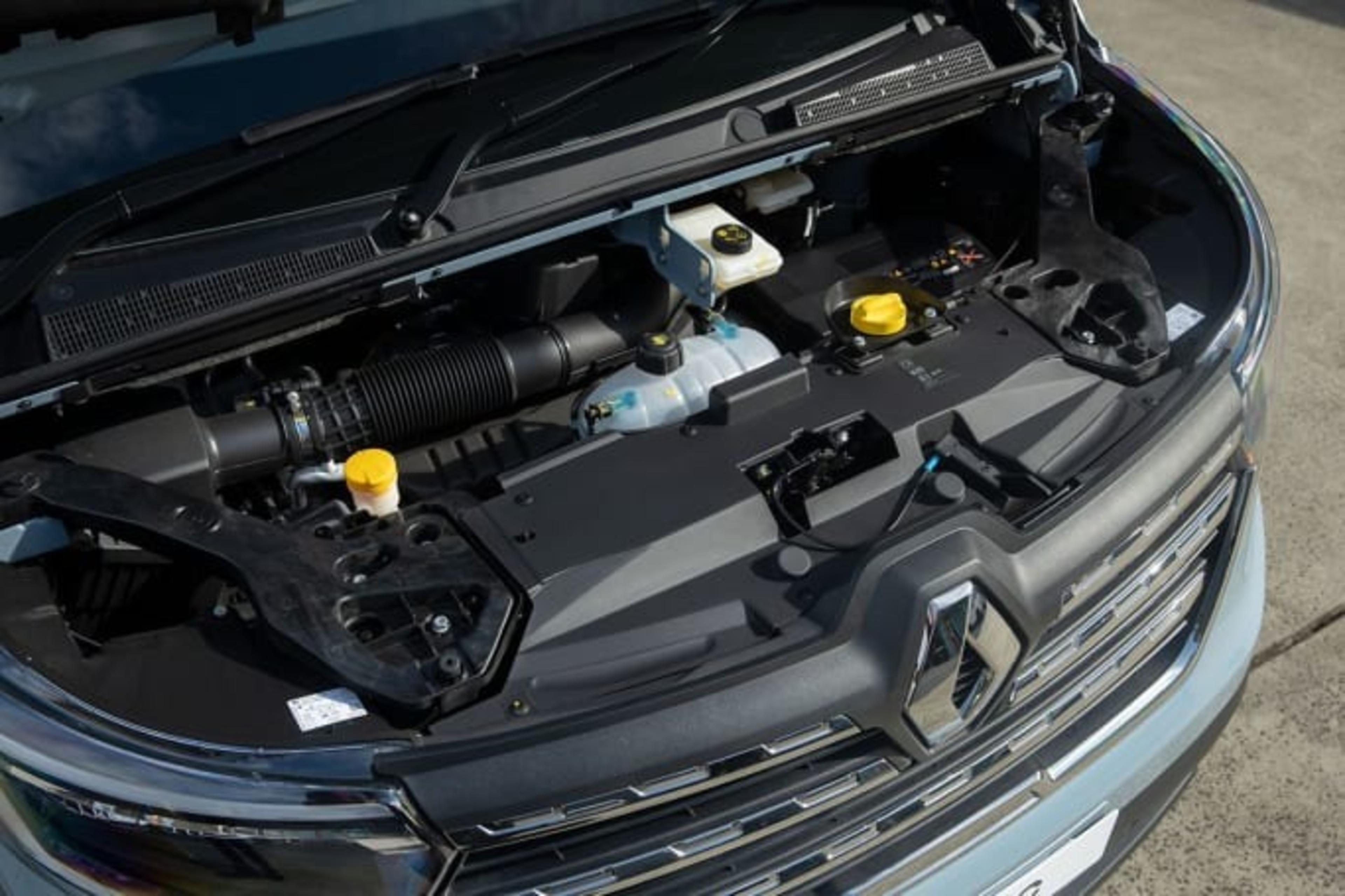
The engine is an upgrade from the existing 1.6-litre four-cylinder that was previously offered.
That 2.0L engine is now available whether you choose the six-speed manual or six-speed ‘EDC’ dual-clutch automatic transmission. All Trafic models are front-wheel drive only.
All versions have 750kg of unbraked towing capacity, while braked towing capacity maxes out on the base manual version at 2500kg in SWB or LWB. The rest of the range has braked towing capacity of between 1630-1720kg.
Concerned about the Trafic’s gross vehicle mass (GVM)? It varies between 2980kg and 3070kg. And the gross combination mass (GCM) spans from the auto models at 4700kg through to the base manual at up to 5570kg.
Fuel consumption - How much fuel does it consume?
The official combined cycle fuel consumption figures are an impressive, 6.5 litres per 100 kilometres for the auto model and 7.2L/100km for the manual versions, no matter the wheelbase or seat capacity.

The Trafic has an 80-litre fuel tank and a driving range of up to 1230km.
You don’t need to worry about Adblue, either. It doesn’t have it, and it meets Euro 5 standards only (manual - 188g/km CO2; auto - 171g/km CO2).
Practicality - How practical is the space inside?
That updated interior sees a few new storage options, and you score cup holders on top of the ends of the dashboard, huge door pockets with multiple storage zones, additional loose item storage on top of the dash, a flip-down middle seat with a cup holder and configurable clipboard setup, and there’s a wireless phone charger on the Premium and Lifestyle versions.
There are a few USB charge points including one on the media screen to connect to Apple CarPlay or Android Auto.
That aside, the new media screen is a big improvement on the old one, and it helps the Trafic feel more car-like than before. The driver’s seat comfort and adjustability (eight-way seat, rake and reach steering) add to that, though the passenger two-seat bench is a bit flat.
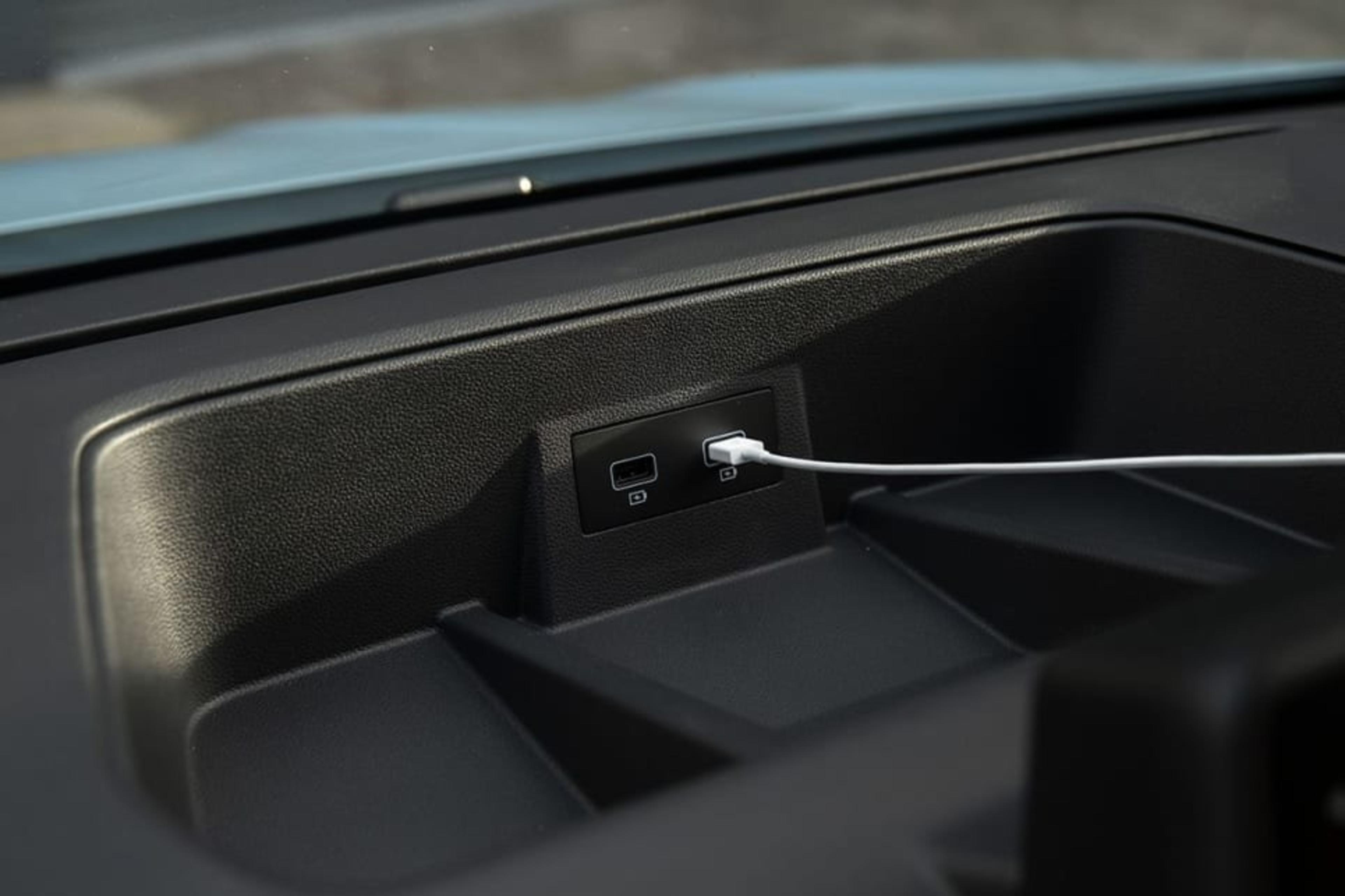
There are a few USB charge points including one on the media screen.

The new media screen is a big improvement on the old one.

The Premium and Lifestyle versions come with a wireless phone charger.

There are a few USB charge points including one on the media screen.

The new media screen is a big improvement on the old one
The design of the cargo area is unchanged - meaning customers with expensive fitouts will be able to switch over to the new model without reworking anything.
As before, there are two different versions - short-wheelbase (SWB) and long-wheelbase (LWB) - and the cargo capacity varies as such, with the SWB up to 5.8m3, the LWB up to 6.7m3, and the crew van models at 4.0m3.
Payload spans between 1053kg and 1279kg, depending on the variant and transmission.
There are numerous tie-down points (10 in SWB, 12 in LWB), multiple flooring options, half-height protective panels fitted as standard, and you can option a bulkhead on the base model for just $400. Other options for the base van include a driver’s side sliding door, and rear barn doors instead of the tailgate.
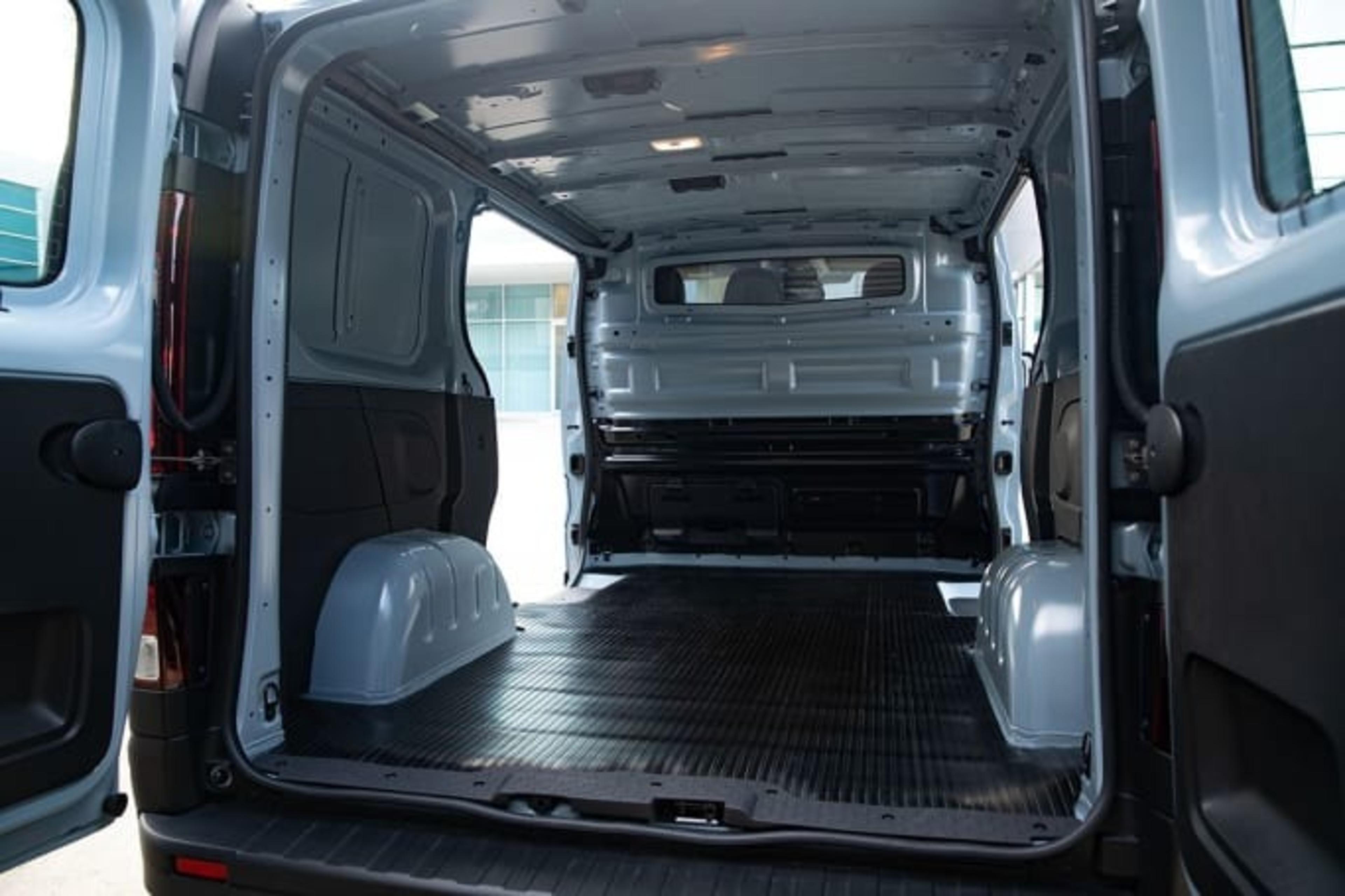
The design of the cargo area is unchanged.
Those who know their van will work hard might want to consider the Trade Pack, which adds a wooden floor, full height wood wall lining, LED cargo zone lighting, a heavy duty battery, and a spare wheel protection basket - it adds $2000 to Pro or Premium models.
If you want to show up and show off, there’s also the Business Pack for Premium models which adds climate control, tinted windows, 17-inch alloy wheels, a heated driver seat, LED cabin lights, satellite navigation, chrome front grille highlights, a colour-coded front bumper door mirrors, and rear tail-light columns.
There are other options including things like glazed sliding doors, a switch back to a tailgate rather than barn doors for the Premium or Lifestyle models, removal of the bench seat and bulkhead in favour of two-seat open-plan layout, a single passenger seat for Pro models. There are other options available, but suffice to say, you can essentially add or even subtract what you need if you choose a Trafic van.
What's it like as a daily driver?
One of the key things that was discussed at the launch event was ‘comfort’. For Cameron at Lindenvel Group - a commercial fit-out business based in Gosford, but with projects all over Australia - comfort is the key purchase decision for his team. His business currently has three pre-update Trafic models, and he reckons the team has put almost a million cumulative kilometres on their vans since they first upgraded from a 2000 Toyota HiAce back when this generation of Trafic launched in 2015 locally.
It was also a key discussion point for the brand’s product manager, Charly Clercin, who pointed out that comfort is more than just seat cushioning. It’s also about adjustability, vision from the driver’s seat, material finishes, and the new touchscreen which should make things easier for people who spend as much time in their van as they do in their bed.
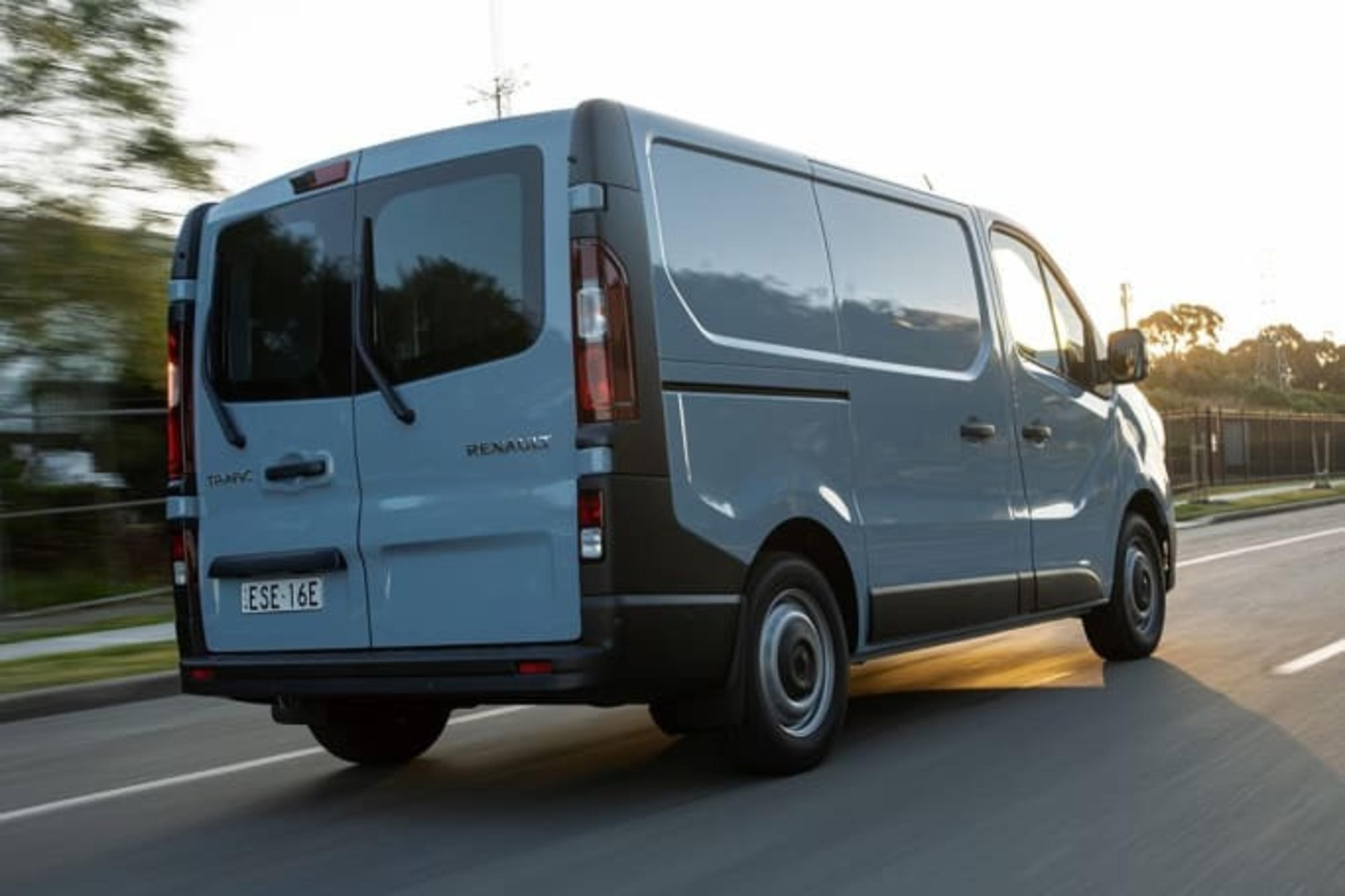
The suspension is very well sorted.
And it is comfortable. In fact, my co-driver and I were very impressed by the driving seat comfort, with the adjustable arm-rest adding to the “I could drive this for hours” vibe.
The suspension is very well sorted while the steering is great too, with nice weighting and responsiveness, and ease of parking the van.
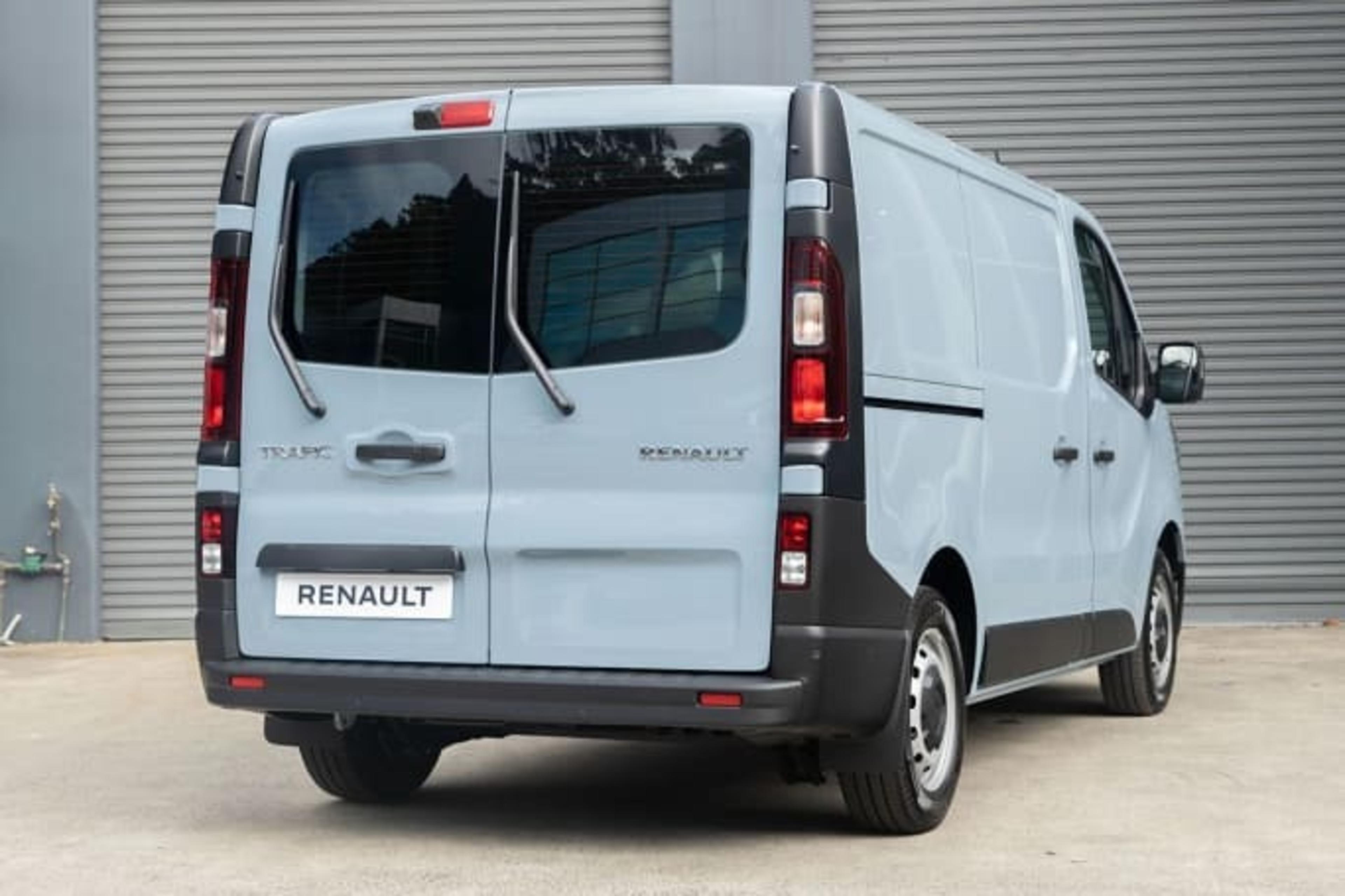
The surround-view camera on the Premium model assists with parking.
Suffice to say, it’s not too hard to park. The surround-view camera on the Premium model, and front and side sensors, certainly helped, but so did the revised mirrors, which are a bit bigger and offer a slightly better view for drivers.
And the engine? It’s a good one. With easily enough pulling power from low in the rev range, the only complaint was a touch of hesitation from a standstill, and when shifting from D to R (or vice versa) in a hurry.
But the six-speed dual-clutch auto was very good, shuffling through the gears without hassle, and without too much of that slow-speed slurring/lurching sensation some dual-clutches can offer up.
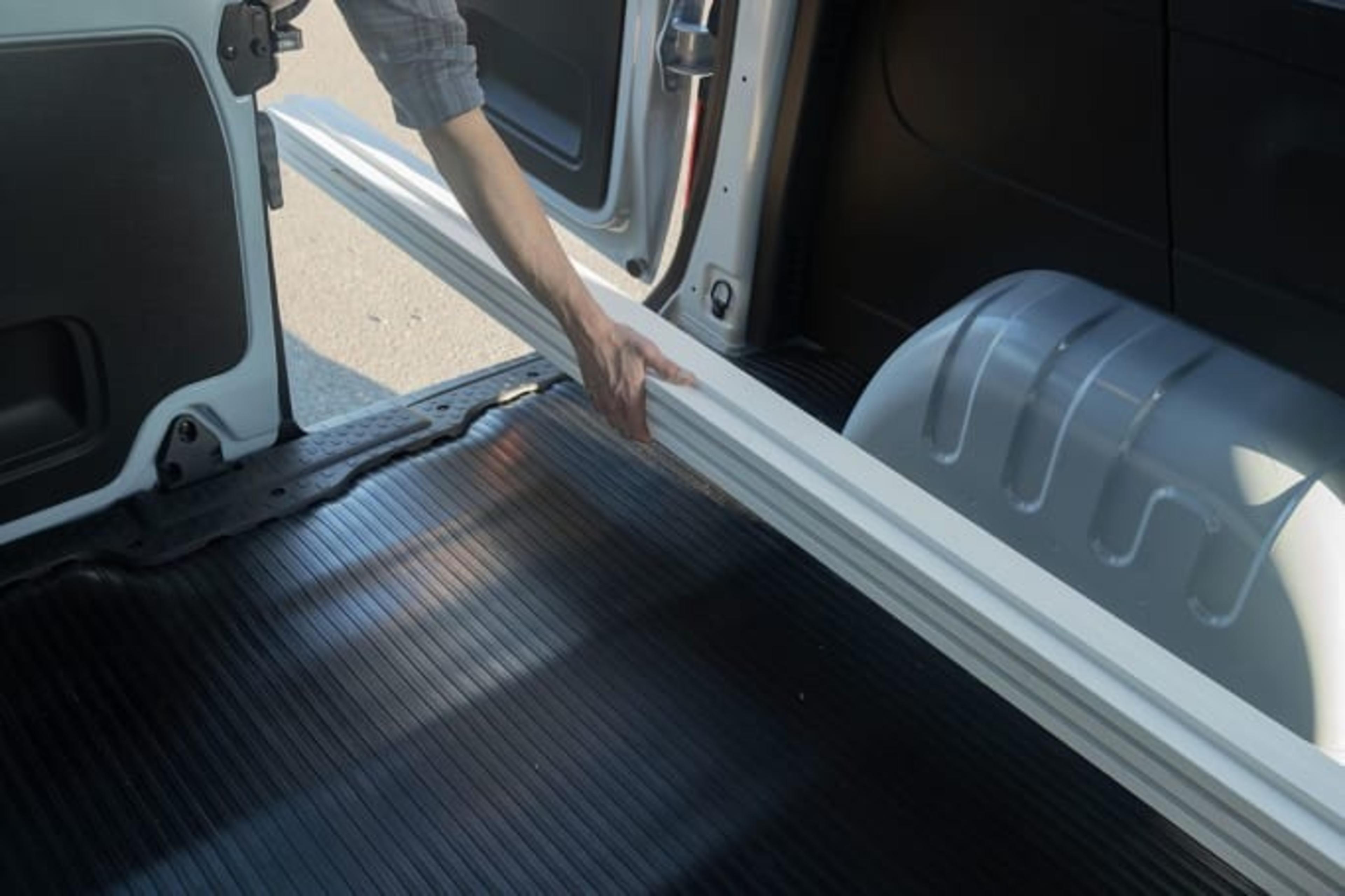
Cargo capacity for the short-wheelbase version is 5.8m3 and 6.7m3 for the long-wheelbase model.
Safety - What safety equipment is fitted?
There are now safety tech items that were never available before on the old Trafic.
Things like autonomous emergency braking (car to car only, no pedestrian, cyclist or junction detection), lane departure warning (no active lane keeping assistance), a reversing camera, rear parking sensors, and six airbags (dual front, front side and curtain) are included on all vans.
There are more standard goodies if you choose the Premium or Lifestyle model, including adaptive cruise control, blind-spot monitoring, and front+side parking sensors, traffic sign recognition, and tyre pressure monitoring, too.
Ownership - What does it cost to own? What warranty is offered?
“5 YEAR EASY LIFE OWNERSHIP”
The Renault Trafic is supported by a five-year/200,000-kilometre warranty plan, which is the standard for the class.
The brand also offers a five-year capped-price servicing plan, which is a bit expensive by class standards but more affordable than the last iteration over a five-year span.
If you abide by the service plan, you also score five years of roadside assistance.
So enjoy peace of mind with drama-free driving, visit Tynan Renault Sutherland today to take a test drive and experience the new Trafic for yourself.
Sourced: CarsGuide
